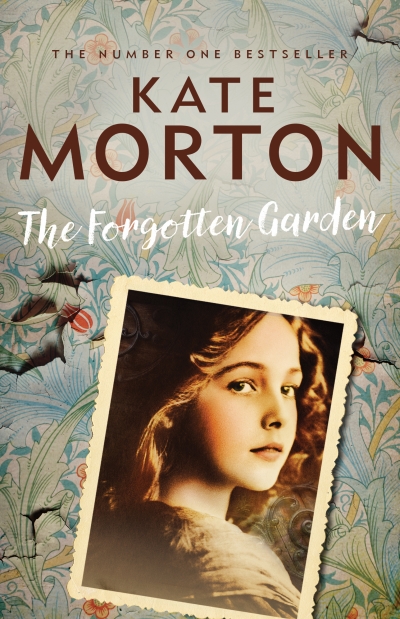Archive
Speaking our Language: The story of Australian English by Bruce Moore
by Sarah Ogilvie •
Descent into Chaos: How the war against Islamic extremism is being lost in Pakistan, Afghanistan and Central Asia by Ahmed Rashid
by Riaz Hassan •
The Racket: How abortion became legal in Australia by Gideon Haigh
by Lisa Featherstone •
Past the final service station
into the green beyond of paddocks
soon to be carved up, quartered,
then watched over by streetlights.
In the post-work haze, nostalgia reigns:
lonely crossroads, abandoned weatherboards,
paddocks stretching down to the sea.
Robert Helpmann: A Servant of Art by Anna Bemrose
by Ian Britain •









